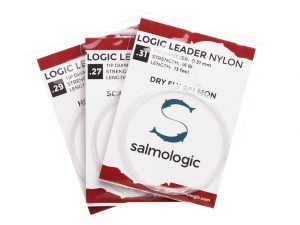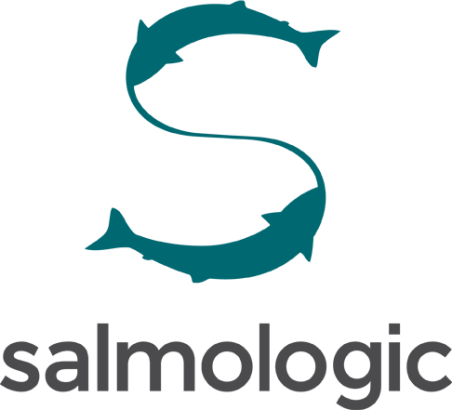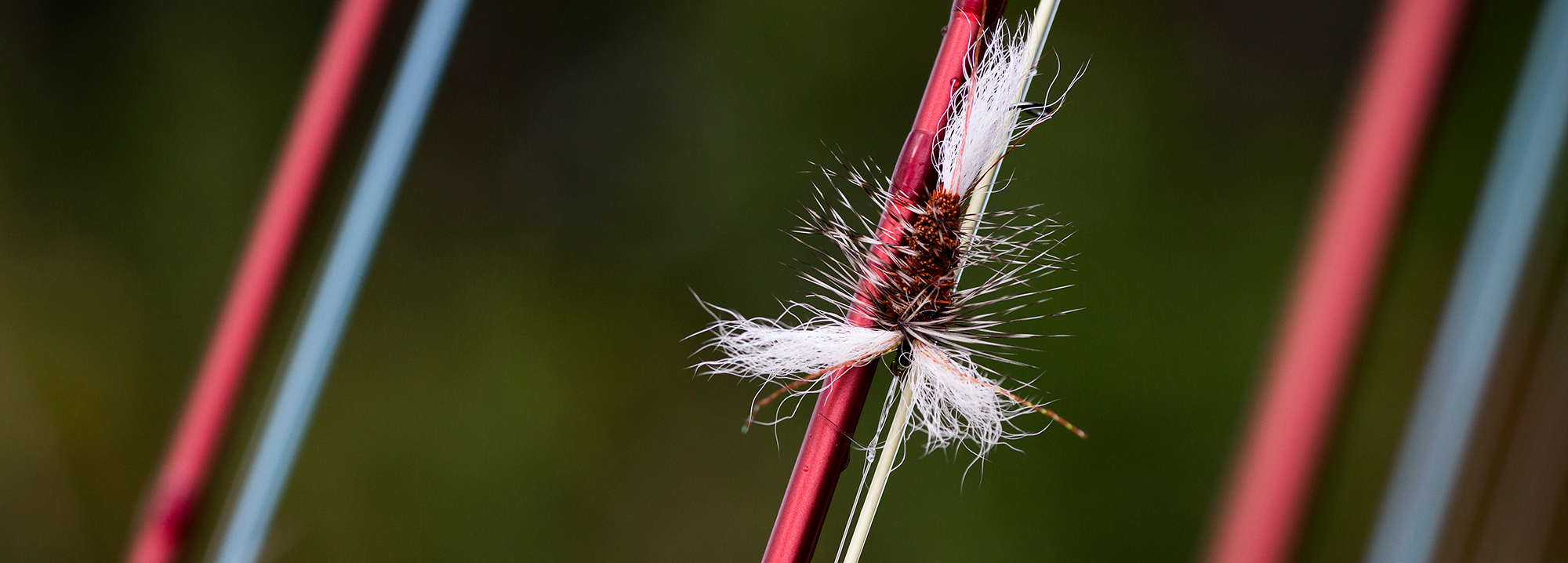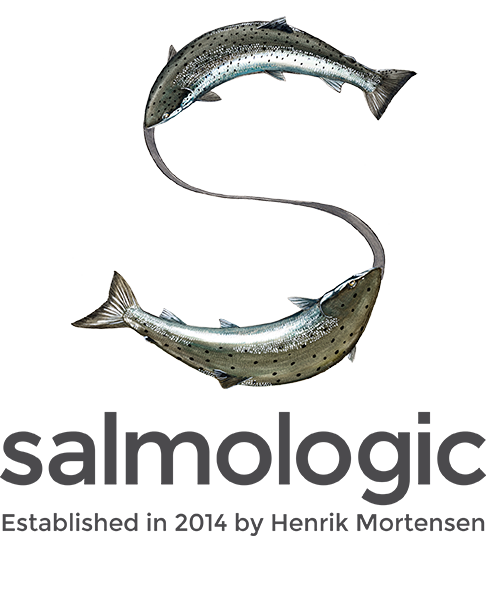
Over the years, we have received many questions regarding leader length, especially for skating/hitching and dry fly fishing for salmon, as well as the perfect nylon leader length for a coastal leader for sea trout fishing in Scandinavia. Since so many have been asking, and with the knowledge of how crucial the leader design is for that kind of fly fishing, we decided to develop nylon leaders “with a primary purpose” to cover this. They are developed with the focus being on presentation, precision, and strength, as well as maintaining the correct mass in a leader to control the upper line in the loop on the forward cast.
Dry Fly Salmon
When fishing for salmon, your equipment (rod/reel/line/leader) is the most important part of flyfishing, if you want to be successful. This is especially true when it comes to the leader. In a dry fly leader for salmon, you seek the following: It should be able to carry the dry fly/bomber with ease and turn it over elegantly at the end of the cast. More importantly, it should allow the dry fly to “descend gently” when being presented, and also be long enough to ensure that the line does not pull the dry fly down towards the surface. The dry fly really must be completely “free” when it falls.
Hitch & Skating
In order for a hitch or a skating fly to be deceiving, it has to have a completely free play on the surface following the current’s structure. Here the length, tapering and diameter are very important.
To keep it on the surface, ensuring it does not drown, and that it is easy to cast, here both length and tapering on the leader are crucial. Since this form of fly fishing – hitching and skating – is used for both large salmon and sea trout, it is important that the breaking strength of the leader is strong enough for fighting those species. I/we strongly believe this hitch & skating leader meets the above mentioned demands to perfection.
Scandic Coastal
Fly fishing for sea trout on the coast in Scandinavia is a very sought-after sport and it is getting more and more popular over the years. Since this particular form of fishing is done in saltwater with no or very little current, the leader must be subtle – giving the fly as much movement/freedom in the water as possible and yet, having the breaking strength to fight a strong fresh sea trout.
An important property in a scandic saltwater leader is the mass (air and weight resistance), which will ensure that the speed is reduced from the upper line gradually before the fly lands on the water.
SHOP ONLINE

Please see the recommendations below on how to adjust all three specialized logic nylon leaders.
- Dry fly salmon nylon leader – for line wt. 18 g/278 gr.
(Butt 0.59 – tip 0.31 L 4.0 m/13 feet, strength: 16 lbs)
If using small to medium size dry flies (i.e. single hooks sizes 8 – 10), then cut 0.20 meters off the butt section and extend the leader 0.45 meters with 0.30 mm tippet material, to make a total maximum length of 4.25 meters.
If using larger dry fly patterns (i.e. double hooks sizes 4 – 6) then use the leader as it is so that the total maximum length is 4.0 meters.
- Hitch & skating nylon leader – for line wt. 16 g/247 gr to 18 g/278 gr.
(Butt 0.57 – tip 0.29 L 3.3 m/10.8 feet, strength: 15 lbs)
If using small hitch/skating flies (i.e. single hooks sizes 8 – 10 and micro tubes), then add 0.30 meters of 0.28 mm tippet material, to reach a total maximum length of 3.6 meters.
If using larger flies (i.e. single hooks sizes 8 or medium size plastic tubes), then use the leader as it is so that the total maximum length is 3.3 meters.
- Coastal nylon leader – for line wt. 12 g/185 gr to 16 g/247 gr.
(Butt 0.57 – tip 0.27 L 3.5 m/11.5 feet, strength: 15 lbs)
If using small saltwater flies (i.e. single hooks sizes 8 – 12 and smaller), then add 0.50 meters of 0.26 mm tippet material to reach a total maximum length of 4.0 meters.
If using larger saltwater patterns or weighted flies (i.e. single hooks sizes 6 – 10), then use the leader as it is so that the total maximum length is 3.5 meters.


